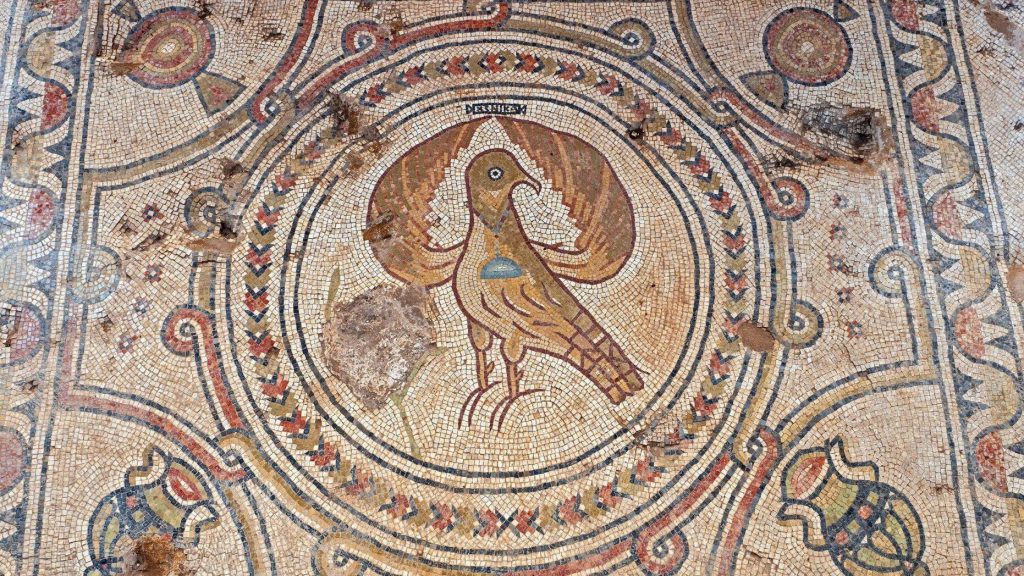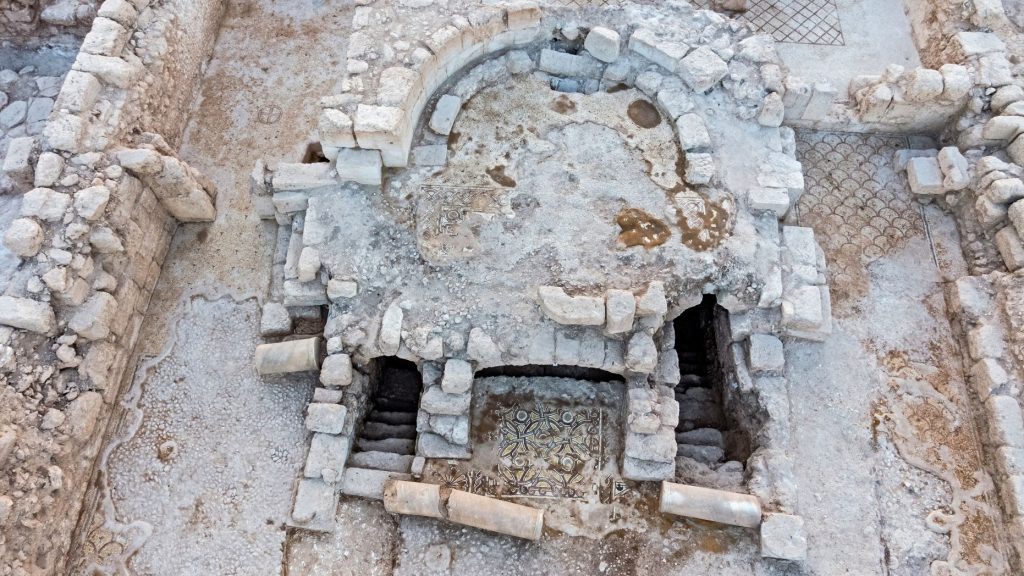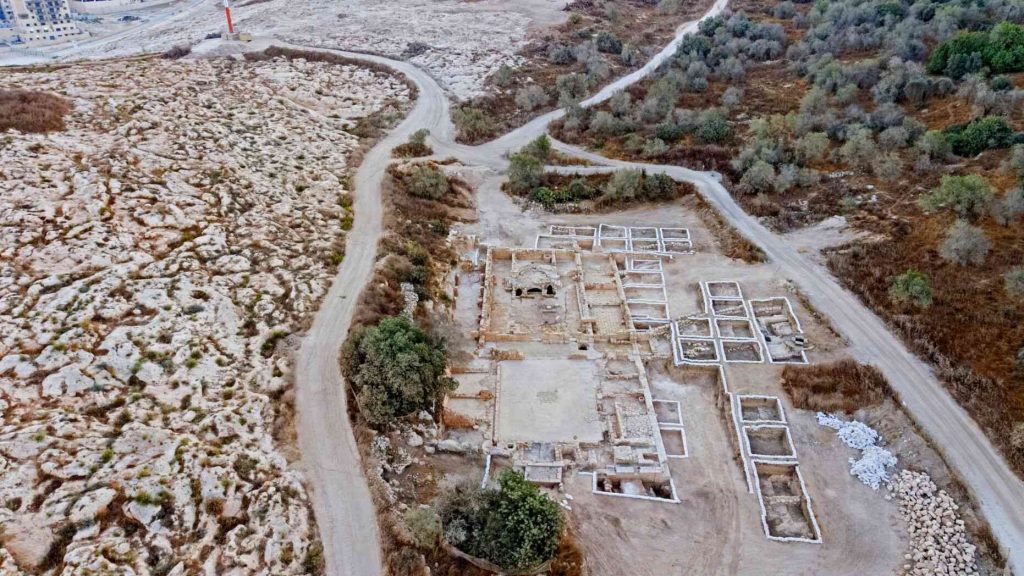1,500-year-old church dedicated to mysterious ‘martyr’ discovered in Israel

1,500-year-old church dedicated to mysterious ‘martyr’ discovered in Israel
Israel has discovered the remains of a 1500-year-old monastery and church with ‘outstanding’ mosaic floors and marble imported from Turkey.
Scientists have said that the Byzantine-era building once was a meeting ground for ancient pilgrims who crossed the surrounding lowlands.

Experts say that the mosaic floor, which is decorated with birds, leaves and pomegranates, is exceptionally well preserved for its age.
The Israel Antiquities Authority (IAA) is now conducting large-scale excavations at the city of Beit Shemesh with the help of over 1,000 teenage volunteers.
According to Benyamin Storchan, director of the excavations for the IAA, the site was likely used by pilgrims passing through the Judean Shephelah.

The Shephelah, meaning ‘lowlands’ in Hebrew, is a transitional region of hills in south-central Israel that stretches six to nine miles (10-15 km) between the Judean Mountains and the Coastal Plain.
Mr Storchan said: ‘We were surprised by the wonderful state of preservation of the ancient remains, and the richness of the finds being uncovered.
‘The artefacts found in the large building, which seems to be a monastic compound, may indicate that the site was important and perhaps a centre for ancient pilgrims in the Judean Shephelah region.’
Excavations conducted by the team uncovered the remains of walls built using large worked stone masonry.
A number of well-preserved architectural structures were found, including a marble pillar base decorated with crosses, and marble window screens.

The marble artefacts were mined from a region in what is now Turkey and carried further inland by wagon, Mr Storchan said.
‘In one of the rooms we uncovered a beautiful mosaic floor decorated with birds, leaves, and pomegranates,’ he said.
‘We already know of a number of ancient churches and monasteries in the Judean Shephelah, but this one has outstanding preservation.’
Only a small portion of the monastery has been uncovered until the IAA’s recent excavations.
The building was mysteriously abandoned in the seventh century AD.
Since research began during the summer, more than 1,000 teenagers from different groups and organisations, mostly schools, have participated in excavations.

According to 16-year-old student Hadas Keich: ‘We searched for a way to fundraise for our class trip to Poland, and we decided to take part in the archaeological excavations.
‘Little by little we uncovered here exciting finds, which helped to connect us to our country and its history. Amazing what is hidden here beneath our feet.’